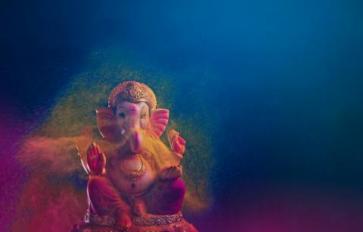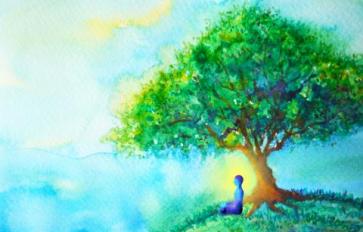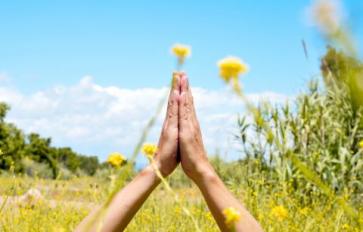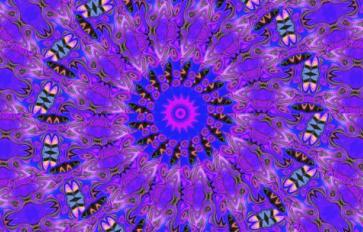
Let’s face it: being human isn’t easy. Everyday we are called by curiosity, challenged by confusion and contradiction, confronted with choice, provoked by wonder and awe. We travel a vast emotional landscape, often times getting swept away in a storm of thoughts that pull us far from our bodies, uproot us from our homes and lead us into sentiments of separation. As spirit, living in a human body, we are tasked with the endeavor of exploring our limitless potential within the constraints of our physical reality. In the pursuit of happiness, we masquerade in ideas of who we think we should be and grasp for goals that fit our social constructs as a means to a life fulfilled. It is in this human experience that we must remember: happiness is not the destination. It is the journey. Spoken by many and for good reason, this question we must ask ourselves: am I awake to every moment, or am I moving through the motions of life?
It is a choice to be present, to take ownership of our own lives, to feel fully, to participate, to listen to our intuition, and honor our needs nested in the greater web of our community. At the end of the day happiness is the nectar found in the mundane, the ordinary, the everyday. It is our waking up to the present moment.
If happiness is the nectar we seek, the Yamas and Niyamas are the guides that help us discover the sweetness of life. They are the backbone to all Yogic philosophy. The Yamas and Niyamas may be seen as restraints and observances that invite us into deeper awareness and conscious action. Envision them as a moral compass, helping to navigate the waters of emotion and the fluxes of life.
Many are surprised to discover that “Yoga” is a practice far greater than the physicality of poses. “Asana,” or the poses we often move through in a studio class, encompass only one of the Eight Limbs of Yoga. Yoga has been practiced for thousands of years as a way of living. The first text to emerge and codify this path was called the Yoga Sūtras of Patañjali. In this ancient text, the sage Patañjali outlines the eight limbs or steps that help one reach enlightenment. The Eight Fold Path, also known as Astanga Yoga, include Yamas and Niyamas, Asana or poses, Pranayama or breath control, Pratyahara known as withdrawal of the senses, Dharana that is concentration, Dhyana as meditation, and lastly Samadhi or the state of union with the absolute. In pursuing this path, we quickly discover that yoga is a practice that permeates every aspect of our lives. The lessons learned on a mat carry over to our actions and how we participate in the world around us.
The Yamas and Niyamas reveal the ways in which we can cultivate a deeper awareness of our emotions, thoughts, and actions. By becoming cognizant of our deep-rooted tendencies and habits, we may take responsibility and consciously shift the way in which we experience the world both internally and externally. So what are they?
The Sanskrit word “Yamas” means “restraints.” They guide our actions, how we treat others and ourselves.
The Five Yamas
Ahimsa – Nonviolence
Satya – Truthfulness
Asteya – Non-stealing
Brahmacharya – Non-sensuality or Non-excess
Aparigraha – Non-possessiveness
The Sanskrit word “Niyamas” means “observances.” These guide us inward, toward reflective practices that nourish the mind, body, and spirit.
The Five Niyamas
Saucha – Purity
Santosha – Contentment
Tapas – Self-Discipline
Svadhyaya – Self-study
Ishvara Pranidhana - Surrender
While seemingly simple, the ways in which we practice each of the Yamas and Niyamas present themselves in the multidimensional landscape of our being. We find Ahimsa in our thought through the kindness we extend towards ourselves as opposed to judgment and criticism. It appears in our speech and the weight of our words, how we express love or the lack thereof. Ahimsa shows up in our actions, how we treat all living things from the Earth we walk upon, to the plants that nourish us, to the exchanges with our family, friends, foes, or strangers. The Yamas and Niyamas bring light to our patterns and habits. They provide the lens of awareness and the compass to direct the subtle and profound ways in which we can cultivate more balance, health, and harmony in our lives. Take time to sit with each Yama and Niyama. Take an honest and loving look at the ways in which you engage with each principle. See how they manifest, how you can use each one as a pillar to support and summon more fullness into the everyday moments of your life.







